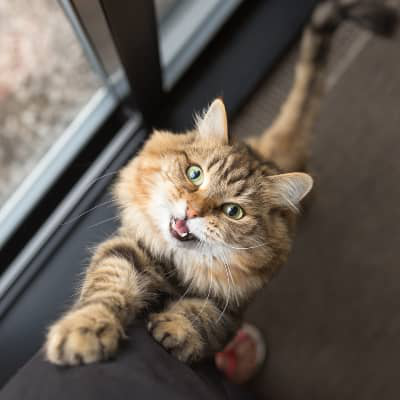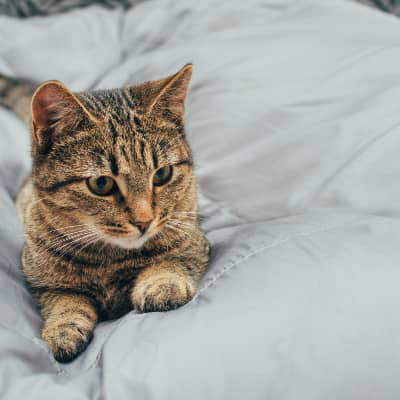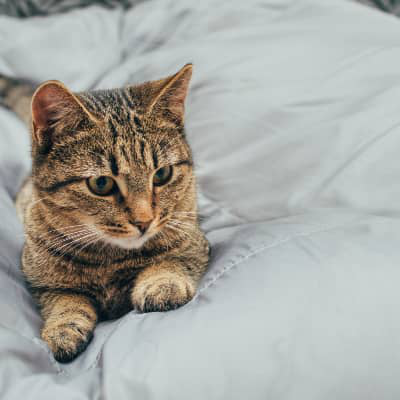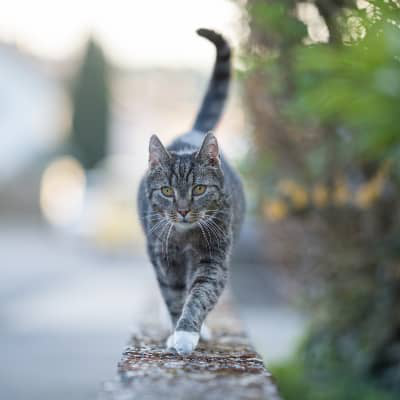The persian cat
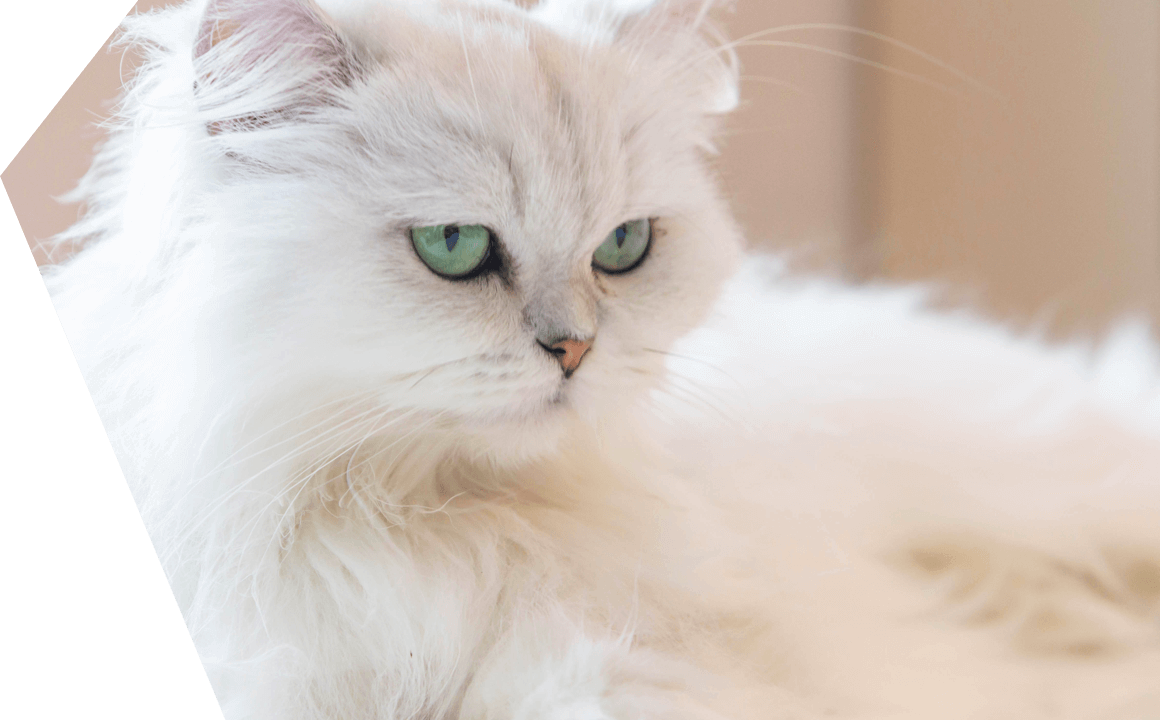
Persian cats are very distinguished and unusual, easily recognisable thanks to two of their key characteristics: their round face and flattened nose and their exuberant and lush fur.
The name itself precisely indicates their far-off origins: Persia, a Middle Eastern region, which was where present day Iran is found.
The Persian cat is one of the most popular cats to have as a pet, due to their docile and sociable character. Despite their mild and sweet nature, they need to feel comfortable in the home to be able to easily become part of the family. For this reason, it is important for the home to be peaceful, and they should have routines and habits that offer safety and stability.

It is quite normal that when someone strokes them or speaks to them, they will stay still for a while. They receive compliments in a very special way, and they can spend hours sitting on a window ledge looking around them, or on a cushion, almost immobile. These cats have a certain elegance and glamour that have made them worthy of praise.
This is a fairly sedentary, calm animal. Many people say that they make the perfect pet, because they will not ask you for more affection than you want to give them, nor will they insist that you play with them all the time. Although there is in fact one thing that will require a great deal of willingness from you, and that is that to maintain the extreme beauty of the Persian cat’s fur, you should dedicate a good part of your time to brushing them.
This breed does not require much special care when it comes to food. To keep their coat healthy and shiny, it is recommended that you give them a specially formulated food that provides them with good quality fats.
They can suffer from abnormalities in their eyes, their breathing and their jaws (due to the shape of their shortened skull). Their respiratory system is somewhat delicate, which means that it is advisable to avoid using perfumes and talcum powders so as not to cause bronchitis or even asthma in your cat.
As a breed they do have problems when giving birth, because the kittens have a very large head in proportion to their body and the mother’s pelvis is not very wide. Consequently they occasionally require a Caesarean.
This race is predisposed towards a particular condition: polycystic kidney disease, which affects the kidneys. It happens when the cat is an adult - between 3 and 10 years of age - and it is a hereditary disease, so if you know that your cat is a carrier you should avoid letting them reproduce.
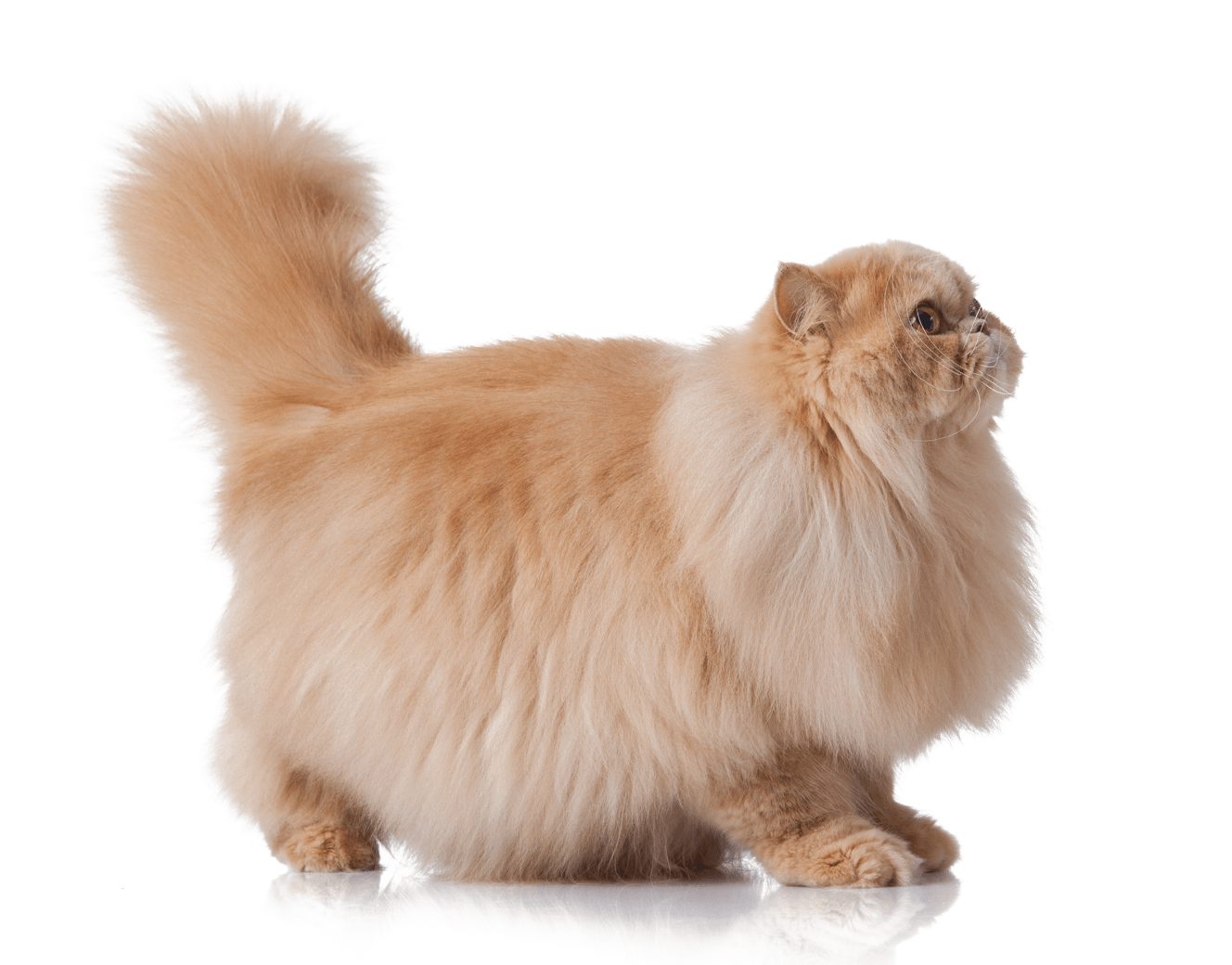
WEIGHT: from 3.5 to 7 kg.
COLOUR: there are up to 100 varieties. Single colour coats - blue, lilac, black, white, chocolate, russet and sepia - and bi-coloured - harlequin, silver, golden, van, tortoise, tabby and colourpoint.
FUR: long and distinctly exuberant and abundant.
LIFESPAN: from 12 to 15 years or more.
